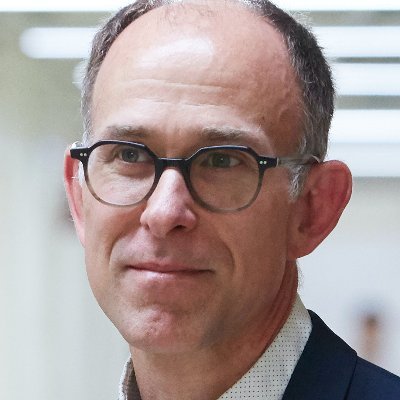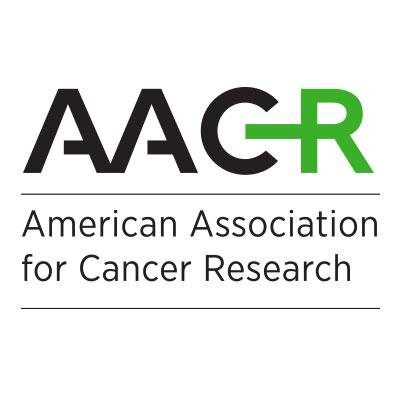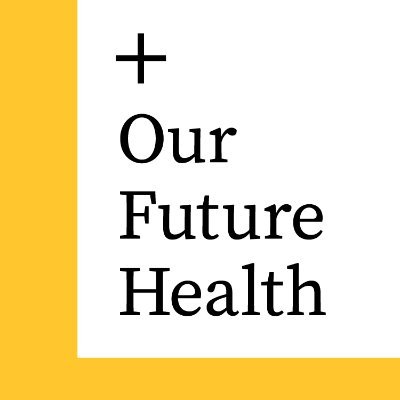
Pete Kraft
@GENES_PK
Followers
4K
Following
5K
Media
534
Statuses
4K
Director, Trans-Divisional Research Program, Division of Cancer Epidemiology and Genetics, NCI, NIH | @peter-kraft.bsky.social | Views are my own.
Rockville MD
Joined June 2013
Shaping the Future: Studies from the Integrative Molecular Epidemiology Workshop Alumni. https://t.co/gso9gTwD5B
0
0
0
(iv) And the simulations and applications assume individual-level data or in-sample LD is available—typically not the case in large meta-analyses for complex traits. See Wenmin Zhang et al for a discussion of this issue and a possible fix. 12/n
1
0
0
On a prosaic level, defining discrete genetic ancestry clusters often means excluding participants who don’t fall into any of the clusters, lowering sample size and limiting generalizability. 11/n
1
0
0
(iii) As the authors note, discrete genetic ancestry groups are made up. There are a bazillion ways to define clusters by projecting participants' genotypes into some abstract mathematical space—it’s not clear which (if any) adequately captures variation in genetic effects. 10/n
1
0
0
(ii) The simulations are focused on two ancestry groups, with imbalance maxing out at 1:2. In the complex trait setting, it’s not unusual for there to be 4 or 5 ancestry groups, with imbalances on the order of 1:5 or more. 9/n
1
0
0
Some caveats and open Qs: (i) The sims and data applications are focused on the context of molecular QTL (large effects, small sample sizes) not complex traits (small effects, large sample size). Not clear (but plausible) that qualitative results transfer to that setting. 8/n
1
0
0
Points (ii) and (iii) may be the flip side of this: in low power situations, the extra degrees of freedom allowing for group-specific effects may cost power. Betting on near similar effects borrows information across groups and improves power. 7/n
1
0
0
…then SuShiE and other methods that allow effects to differ across ancestry groups should be more powerful. OTOH, if genetic effects are nearly identical (e.g. the causal variant is typed and GxE and GxG effects are negligible) then pooling should be more powerful. 6/n
1
0
0
Point (i) makes sense: if the genetic effects differ across ancestry groups—perhaps due to linkage disequilibrium differences if the causal variant is not typed or due to subtle differences in marginal genetic effects due to GxE and GxG interactions… 5/n
1
0
0
Quick take-home: SuShiE outperforms pooled SuSiE—except when (i) the correlation in genetic effects across ancestries is v high (0.99), (ii) sample sizes across ancestries are imbalanced, or (iii) the overall sample size is low relative to the strength of the genetic effects. 4/n
1
0
0
We just compared pooled v stratified analysis of GWAS for locus discovery ( https://t.co/I2lzZqD5Mi), so I was particularly interested in the comparisons of SuShiE and other methods that rely on genetic-ancestry-group-stratified analyses to SuSiE applied to the pooled data. 3/n
1
0
0
If fine-mapping, mol-QTL, or [fill-in-the-blank]WAS analyses are your jam, do check this paper out, if only for the nice review and assessment of contemporary multi-ancestry fine-mapping methods. If fine-mapping is not your jam, this is gonna get technical & jargony. 2/n
1
0
0
This was neat work by @zeyun_lu @nmancuso_ et al developing and benchmarking a new multi-ancestry fine-mapping method (“SuShiE”). I learned something about the performance of pooled v stratified analyses but still have some Qs. 1/n
Happy to share that our work from the @nmancuso_ lab is out in @NatureGenet! We developed SuShiE, a multiancestry fine-mapping method for molecular traits.
1
0
7
This paper is now out today! @AJHGNews
cell.com
Multi-ancestry GWASs enhance discovery in diverse populations, but optimal methods remain debated. Using theory, simulations, and analyses from the UK Biobank and All of Us, we show that pooled...
Excited to share our new manuscript on evaluating multi-ancestry GWAS methods using large-scale simulations & real data from UK Biobank (N≈324K) & All of Us (N≈207K)! My first thesis paper under the guidance of @GENES_PK & @AndrewHaoyu. Available at: https://t.co/xxAbJXn7zZ
2
6
19
How does APOE4 shape the way diet and metabolism influence dementia risk? Check out our new @NatureMedicine paper: https://t.co/NrxZ6JMctC We found inherited genetics shape diet and metabolism, revealing molecular fingerprints decades before dementia onset. Details in threads🧵
1
3
9
Excited to share our new manuscript on evaluating multi-ancestry GWAS methods using large-scale simulations & real data from UK Biobank (N≈324K) & All of Us (N≈207K)! My first thesis paper under the guidance of @GENES_PK & @AndrewHaoyu. Available at: https://t.co/xxAbJXn7zZ
1
6
30
Scarlett L. Gomez, Lauren E. McCullough, and Celeste Leigh Pearce will discuss "New Cancer Cohorts" in a plenary at the AACR Conference on The Science of Cancer Health Disparities (September 21-24, Los Angeles). https://t.co/Jp1yeQ0SeJ
#AACRdisp24 @Dr_LEMcCullough @Dreamlab_UCSF
1
3
4
Calling all researchers – how do you work with imputed genotype data? We need your feedback on the formats, tools and support you need, so we can improve our genetic data offering for researchers. Please complete our short survey here: https://t.co/7mTZpsq1Eq
1
2
3






